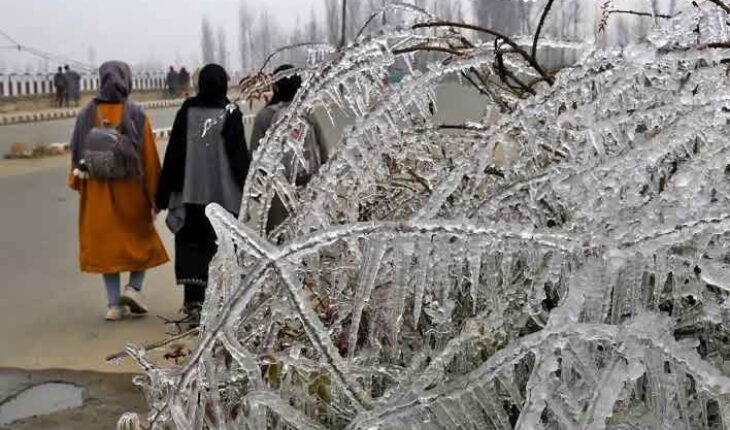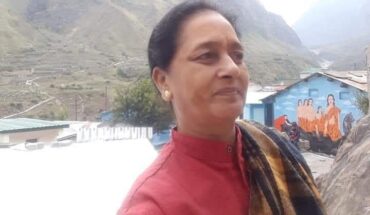The onset of Chilla-i-Kalan marks Kashmir’s most severe winter period, plunging temperatures well below freezing across the region. Srinagar, the summer capital, experienced a low of minus 4.3 degrees Celsius, while Pahalgam hit minus 5.8 degrees Celsius. Gulmarg and other areas recorded temperatures below freezing as well.
The frigid weather has frozen slow-moving water bodies and water supply pipes, impacting the region. The biting cold has prompted residents to layer up and use traditional earthen firepots, known as Kangri, for warmth, particularly due to erratic electricity supply.
The intense cold snap has also led to increased respiratory issues among vulnerable groups like children and the elderly. As Chilla-i-Kalan settles in, the region anticipates frequent snowfall, especially in higher elevations, often causing disruptions.
The 40-day Chilla-i-Kalan period, lasting until January 31, is known for its freezing temperatures and heavy snow, limiting outdoor activities and forcing people indoors. While once reliant on dried vegetables due to closed Srinagar-Jammu highways, frequent closures are now uncommon, ensuring a steadier supply of fresh produce.
Following Chilla-i-Kalan, Kashmir braces for a 20-day ‘Chillai-Khurd’ and a subsequent 10-day ‘Chillai-Bachha,’ extending the cold wave’s impact beyond the harshest phase. Despite these challenges, locals adapt to the harsh weather, engaging in indoor activities and traditional remedies to weather the winter.






